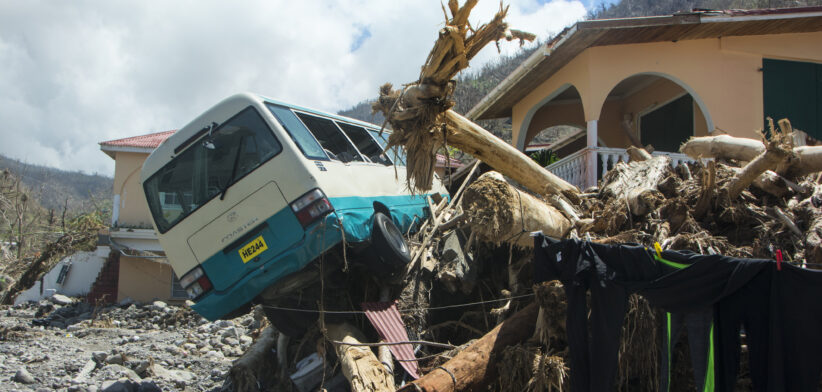New research has revealed an ongoing hidden death toll from natural disasters that continues for nearly 15 years after the event.
A Stanford University study found the ongoing economic and social impacts of a disaster, particular in communities that already had challenges, continued to cost lives.
“In any given month, people are dying earlier than they would have if the storm hadn’t hit their community,” senior study author Solomon Hsiang said.
“A big storm will hit, and there’s all these cascades of effects where cities are rebuilding or households are displaced or social networks are broken. These cascades have serious consequences for public health.”
The researchers said 25 percent of infant deaths and 15 percent of deaths among people aged one to 44 in the US were related to severe tropical storms.
“This points to a longer-term economic and maternal health story, where mothers might not have as many resources even years after a disaster than they would have in a world where they never experienced a tropical cyclone,” the study report said.
The report said the number of people killed during cyclones and hurricanes were small compared to those that died during the aftermath.
An average US tropical cyclone indirectly caused 7000 to 11,000 excess deaths and storms since 1930 had contributed to between 3.6 million and 5.2 million deaths in the US.
The new estimates are based on analysis of data from the 501 tropical cyclones that hit the Atlantic and Gulf coasts from 1930 to 2015, and mortality rates for various populations within each state just before and after each cyclone.
“When we started out, we thought that we might see a delayed effect of tropical cyclones on mortality maybe for six months or a year, similar to heat waves,” study co-author Rachel Young said.
“The results show deaths due to hurricanes persist at much higher rates not only for months but years after floodwaters recede and public attention moves on.”
The researchers said the results could inform governmental and financial decisions around plans for adapting to climate change, building coastal climate resilience, and improving disaster management.
The full report is on the Stanford University website.








